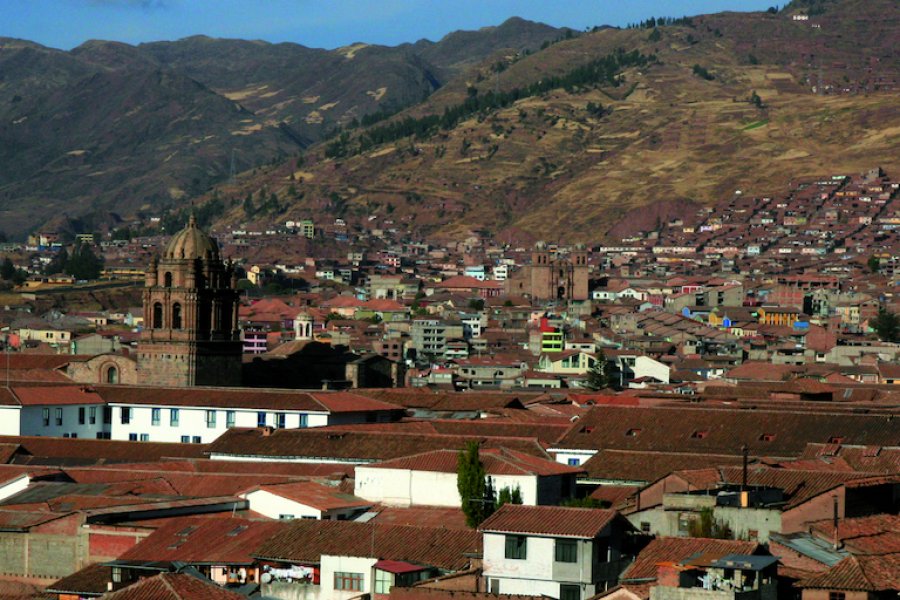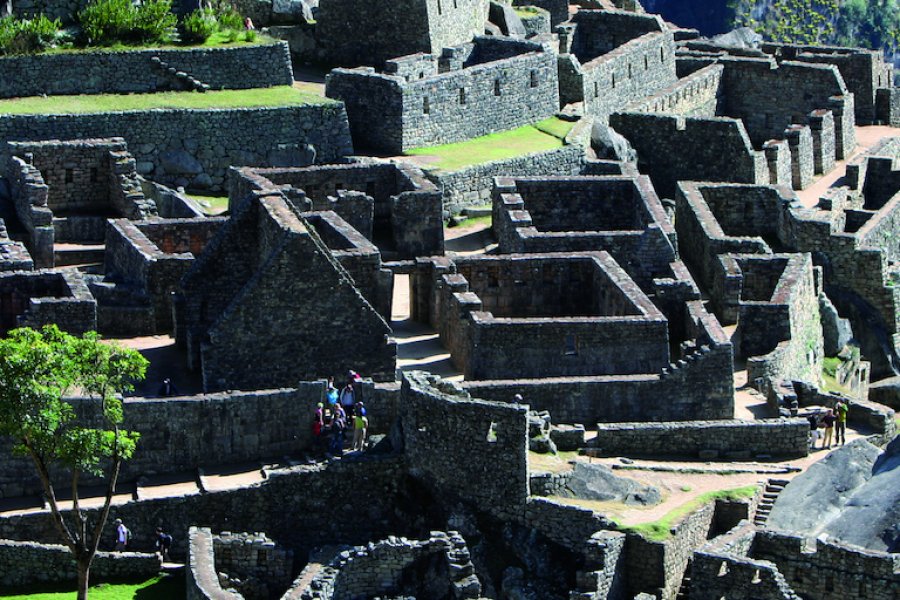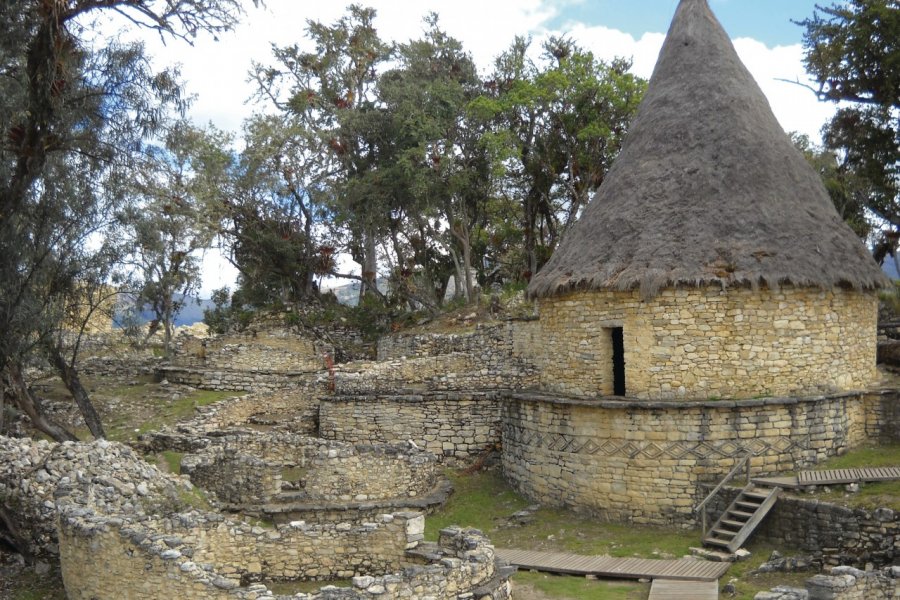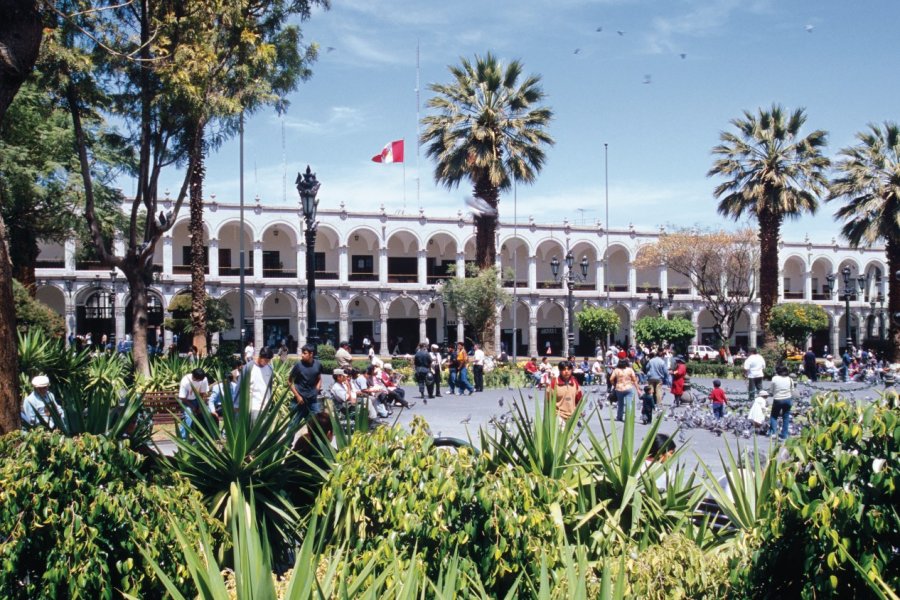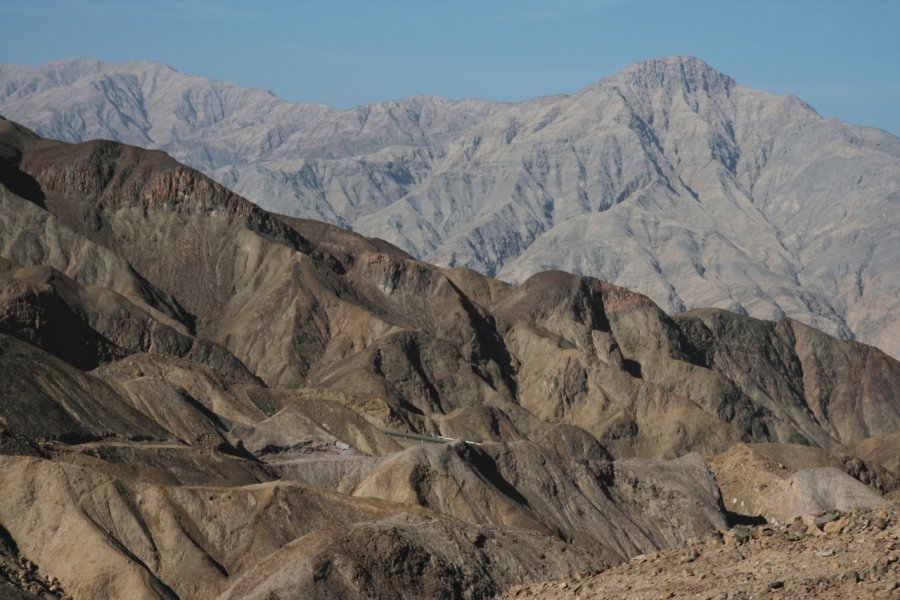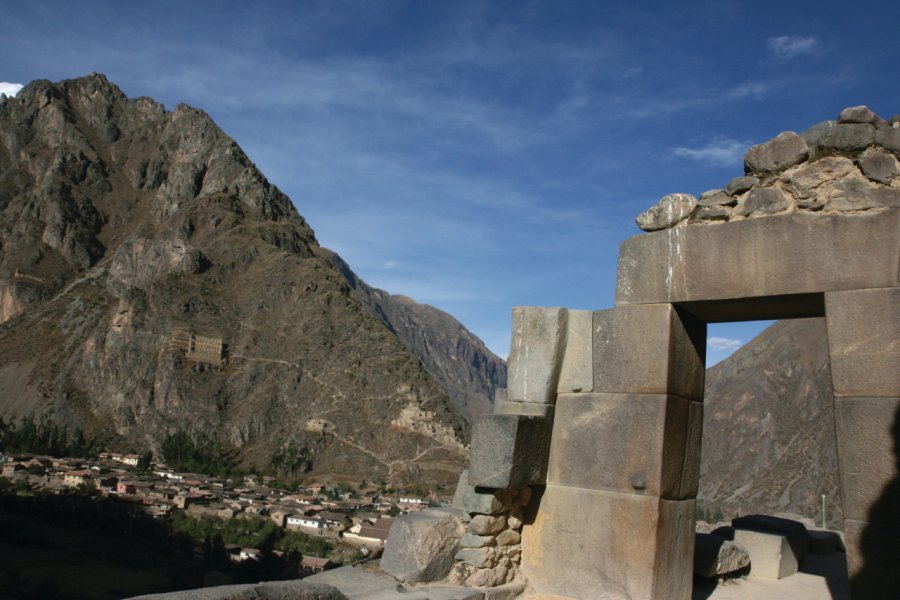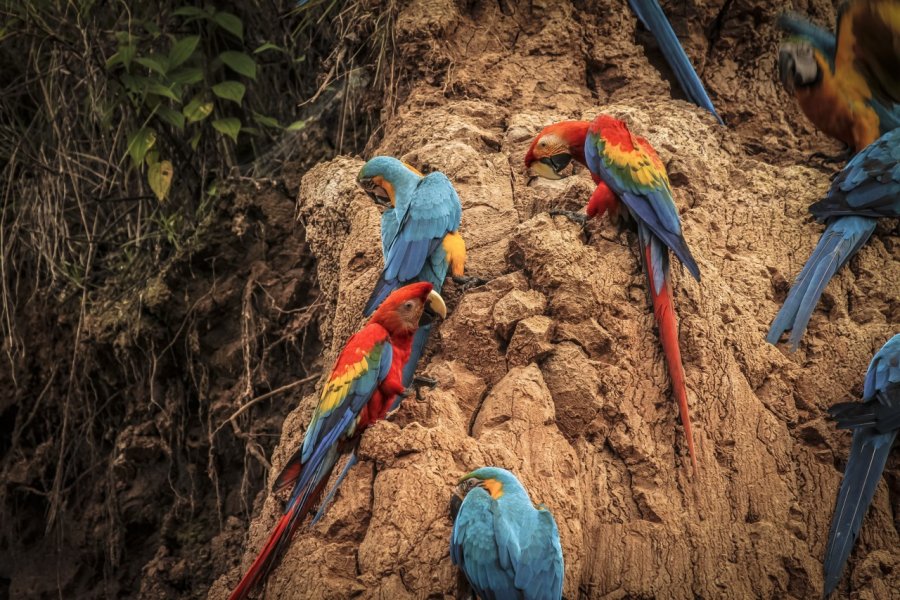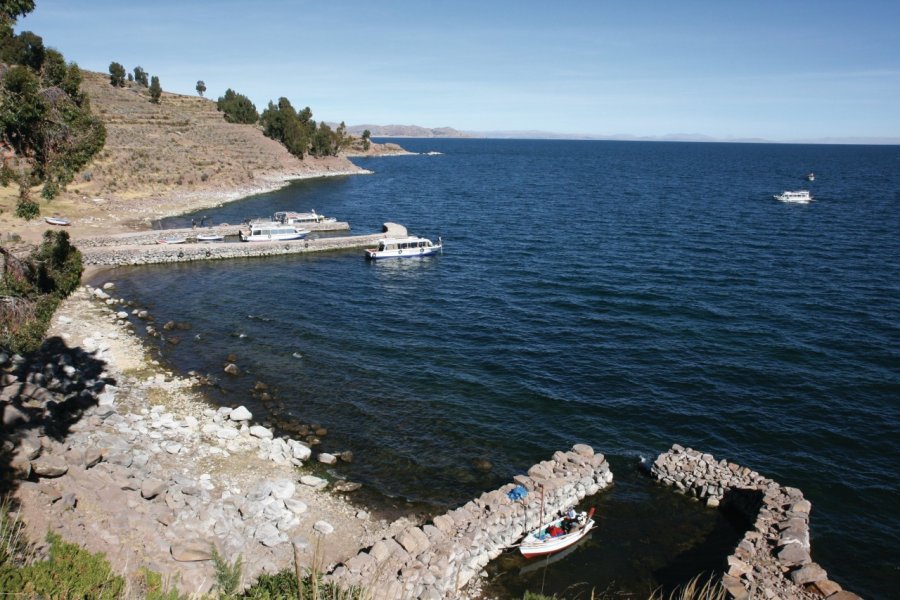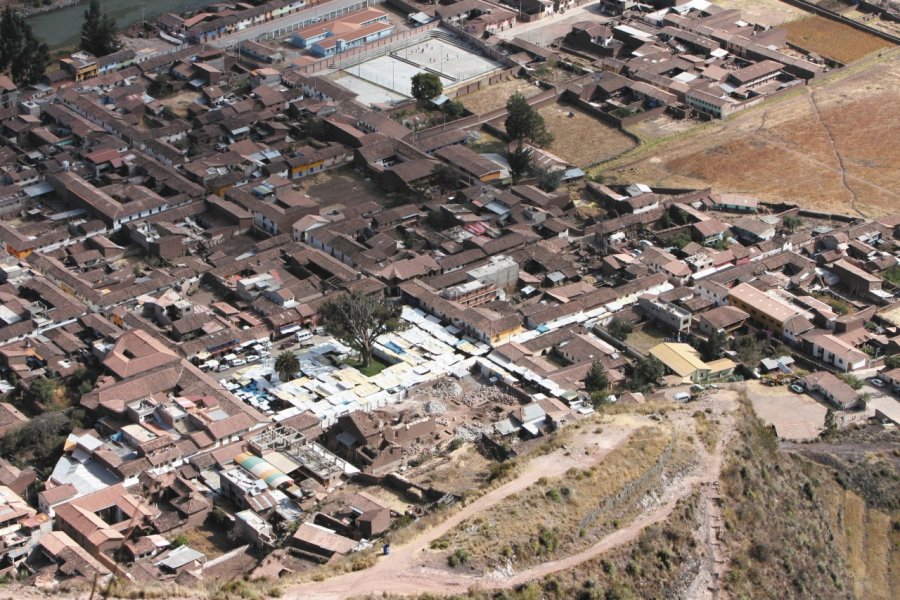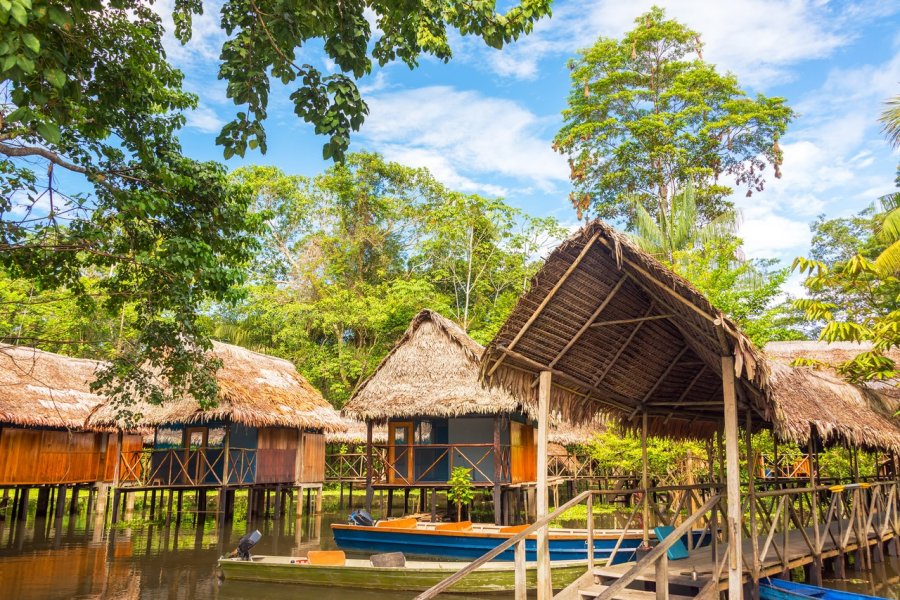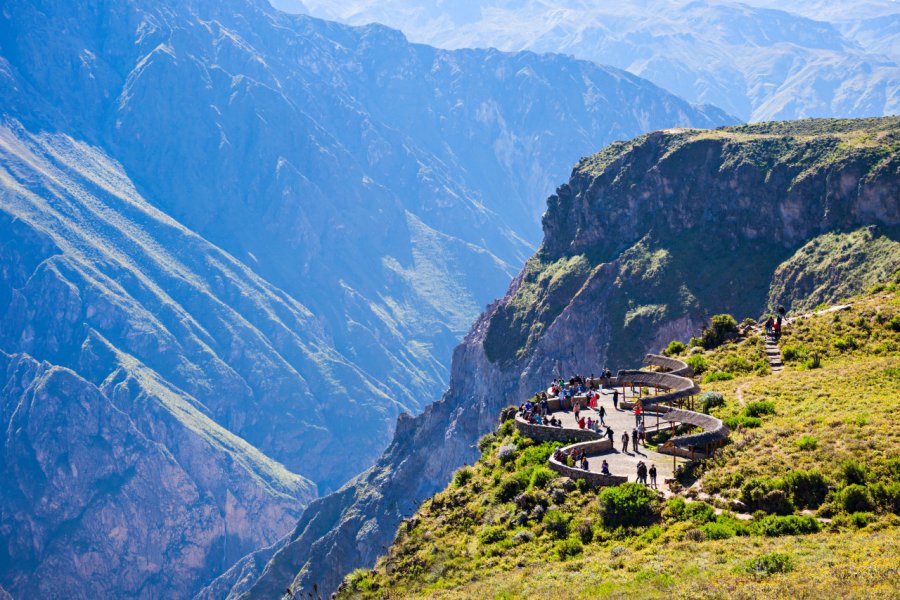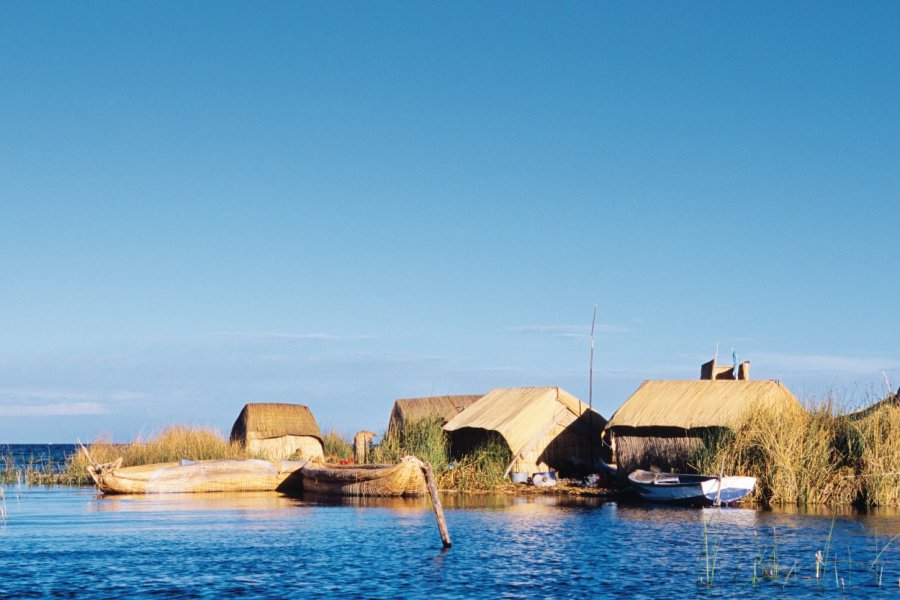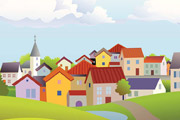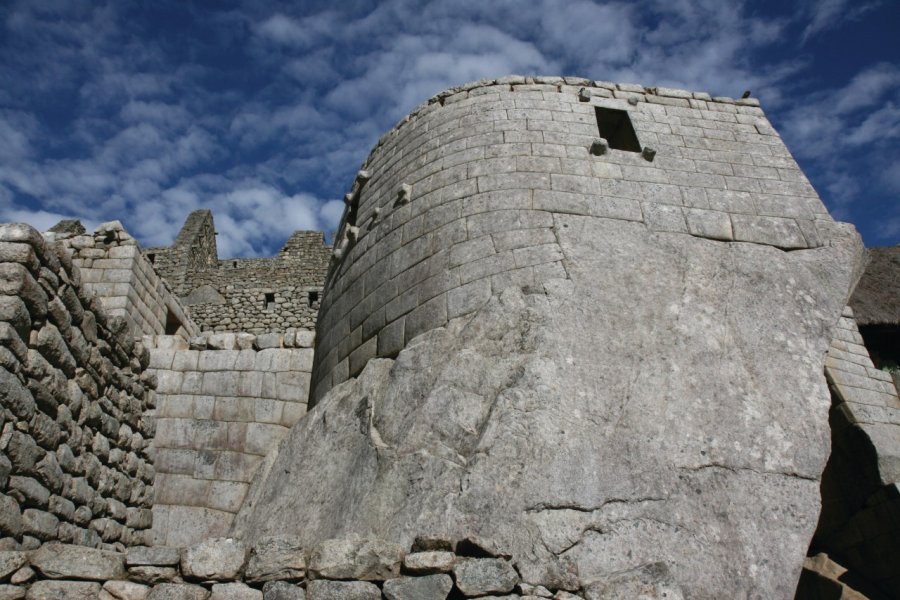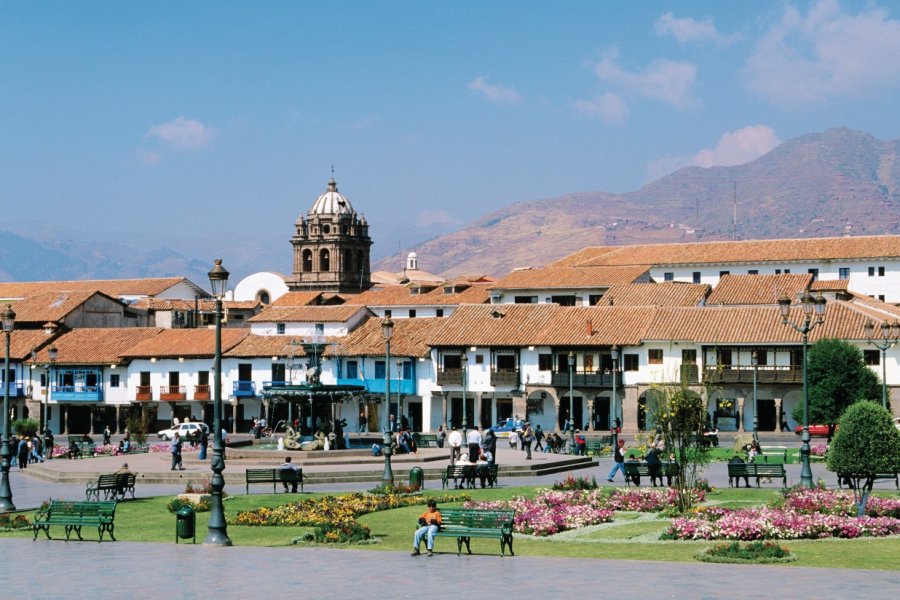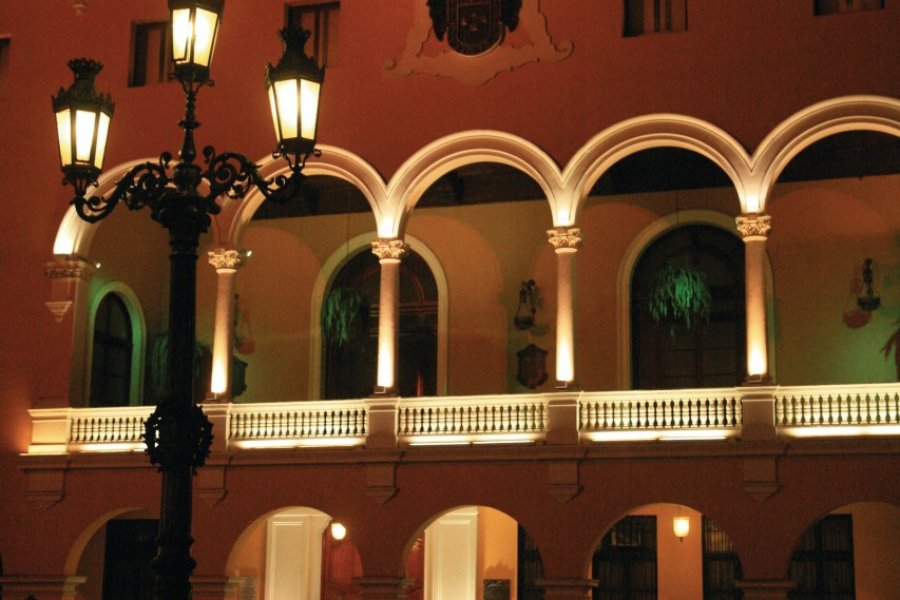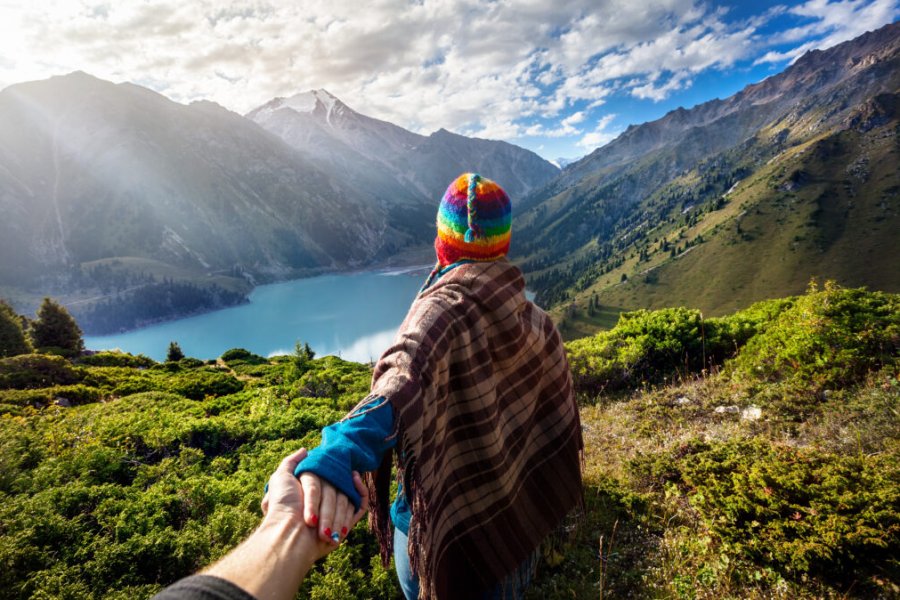Why go to Peru? The 10 good reasons to go Peru

The Andes mountain range
Immaculate on the heights of the White Mountain Range, of all the colors in the south of Cusco

An excellent cuisine
The Peruvian products are incredible, the Peruvian kitchen knows how to put them in the honor.

A multiple fauna
Dolphins, sea lions, cormorants, llamas, alpacas, condors, parrots, monkeys, turtles...

A wild nature
The different climates and regions offer stunning landscapes that have remained untouched

Machu Picchu
It is the number one tourist attraction that Unesco watches over. A magical place.

The incredible Amazon
Natural parks, waterfalls, immense rivers, it fascinates and plunges us into the elsewhere

The Incas
And all the pre-Columbian civilizations that have left evidence of their greatness.

Surfing the Pacific
Even if we often forget it, Peru is also a land of surfers in Lima and in the northern spots.

Strong traditions
It's not just a show, the beliefs remain, the attachment to folklore is palpable.

A real tenderness
It is called the cariño, Peruvians take the time to welcome, to receive, to explain.
What to visit Peru?

Interview: My Peru
By Christelle Bittner, author of the guide
Established in Peru since 2009, Christelle first discovered Peru with her backpack. After the great classics of the southern route, she fell in love with the north and her favorite region, the Amazon. Since 2013, she lives in Lima, produces video content for the local market and doesn't miss a new good address.
See the video of the interviewGood to know to visit Peru
 Timetable
Timetable
Some national museums are traditionally closed on Sundays, but many sites are actually open 7 days a week. On the other hand, it is not uncommon for the last entries to the sites to be between 4 and 5 pm, which is relatively early.
On weekends, the crowds are greater in the city, but not necessarily on the sites you will visit, the weekend is like everywhere else devoted to shopping.
On Sundays, you can sneak into the churches, but often you can't make the full visit, at least not during the still very popular mass times.
On traditional holidays such as Easter (dates change), Fiestas Patrias (July 28 and 29) and Christmas, destinations such as Paracas, Cusco, Arequipa or Mancora are often "sold out.
 To be booked
To be booked
Peru is the country of flexibility except for Machu Picchu. It is necessary to reserve several months in advance, via an approved agency, the available slots to realize the Camino Inca that it is the version of 4 days that begins to km 82 or the version in 1 day that begins to km 104.
The Sanctuary itself has set a maximum number of visitors per hour
The hikes that allow to explore more of the site like Huayna Picchu or Montaña Machu Picchu are open to 400 people per day each. The ticket is specific. You can not buy your ticket to Machu Picchu and then decide to do the Huayna, you would have to buy a complete entry with Huayna. The agencies have in general dedicated sites and spaces of reservation, but you can make your reservation directly on machupicchu.gob.pe
The places for the festival of the Inti Raymi, in Cusco, every June 24, must also be bought several months in advance. It is necessary to pass by an agency.
 Budget & Tips
Budget & Tips
Some sites offer children's, student's or senior's prices. While children and senior citizens have no trouble winning the case by presenting an identity document, student status is more difficult to prove. It is usually necessary to present a card with a photo and the date of the beginning and end of validity
In Lima some museums are free on thefirst Sunday of each month. There is also the Night of the Museums, usually on the3rd Sunday of May
 Main events
Main events
The periods of affluence in general are the Holy Week, the Fiestas Patrias (28 and 29 July) and Christmas.
The Semana Santa in Ayacucho attracts a large audience. The Inti Raymi in Cusco, every June 24, is also very well attended
 Guided tours
Guided tours
The tourist guide profession is well regulated in Peru. To exercise it, it is necessary to hold a card and license that is specific to each region. On the most emblematic sites, the guides who are not holders of this card will simply not enter
A visit to the local tourist office is always welcome. These small IPeru stands can be found in all cities in strategic locations (peru.travel)
In the most important museums, it is possible to hire a guide directly at the entrance of the site. In Machu Picchu too, although those who sell their services outside the archaeological site are not necessarily the best.
Lima offers its Mirabus tourist bus (mirabusperu.com), Cusco offers the Sightseeing Bus or the wooden Tranvia (these services change often, so it's better to trust what they sell you on the Plaza de Armas). In Arequipa you can explore the Campiña outside the city (several companies, all on sale in the Plaza de Armas).
Free Walking Tours (freewalkingtoursperu.com, guruwalk.com, inkanmilkyway.com) work well in tourist cities like Lima, Cusco, Arequipa. Sometimes there are several kinds. They always have a commercial side to make you come back and consume in some visited places. In Cusco, some of them take you to the heights of the city to Cristo Blanco for example, which also includes a return trip in a mini van.
Air BnB experiences are quite well developed in Peru
Then you can find less classic tours like the ChocoMuseo tours (chocomuseo.com/peru), gastronomic tours (exquisitoperu.com, strawberrytours.com) or tours organized by NGOs or agencies that have been working seriously for years to guide tourists towards more authentic encounters (alternativeperu.org, cbctupay.com).
Finally, and this is a very important part of the discovery of Peru, many associations of villagers or communities practice what is called here Turismo Rural Comunitario (TRC). The State helps them to form, but unfortunately not to communicate. Nevertheless, a list can be found on turismocomunitario.com.pe. IPeru and traditional tourist agencies usually work with these communities
 Smokers
Smokers
Peruvians are not big smokers. So you will not see people in the street or on the terrace pulling on their cigarettes. Smoking is forbidden in many public places. Nevertheless Peruvians are social smokers. You will therefore find a greater consumption at night on the terraces of cafes or even in discotheques (which is a priori prohibited). Street vendors are posted at the exit of strategic places to sell you cigarettes and/or chewing gums.
 Tourist traps
Tourist traps
The very friendly nature of Peruvians can sometimes make you feel uncomfortable if someone claims to be escorting you around. This is obviously even more true for solo travellers. These makeshift guides can be firmly rejected.
 What's very local
What's very local
If you are staying in a community, it is customary to wear the local traditional dress for a souvenir photo, which is certainly clichéd, but which also pleases your hosts who wear their outfits with pride.
Is it necessary to visit Cusco with a Peruvian cap and a poncho, that is another question...
